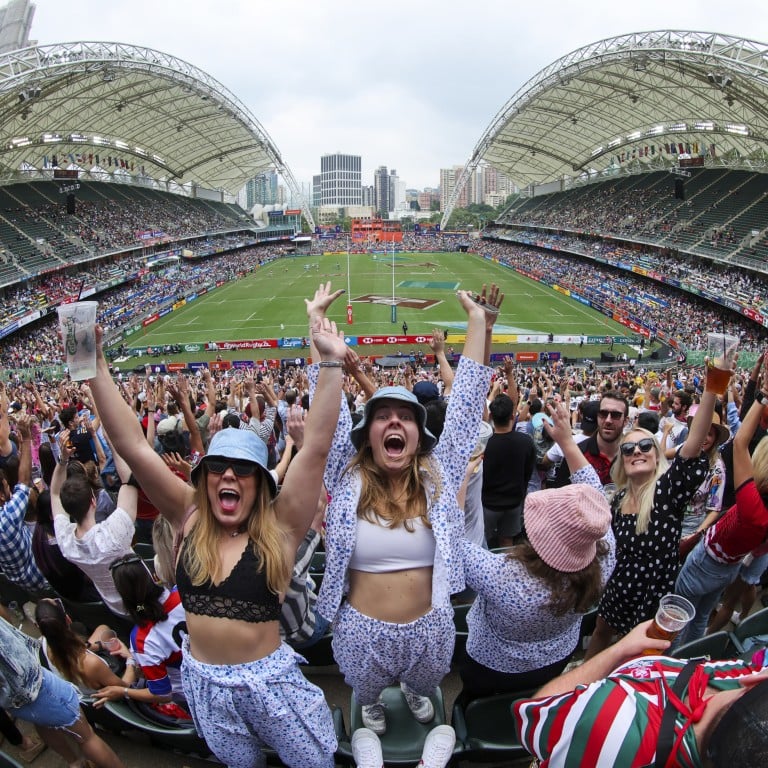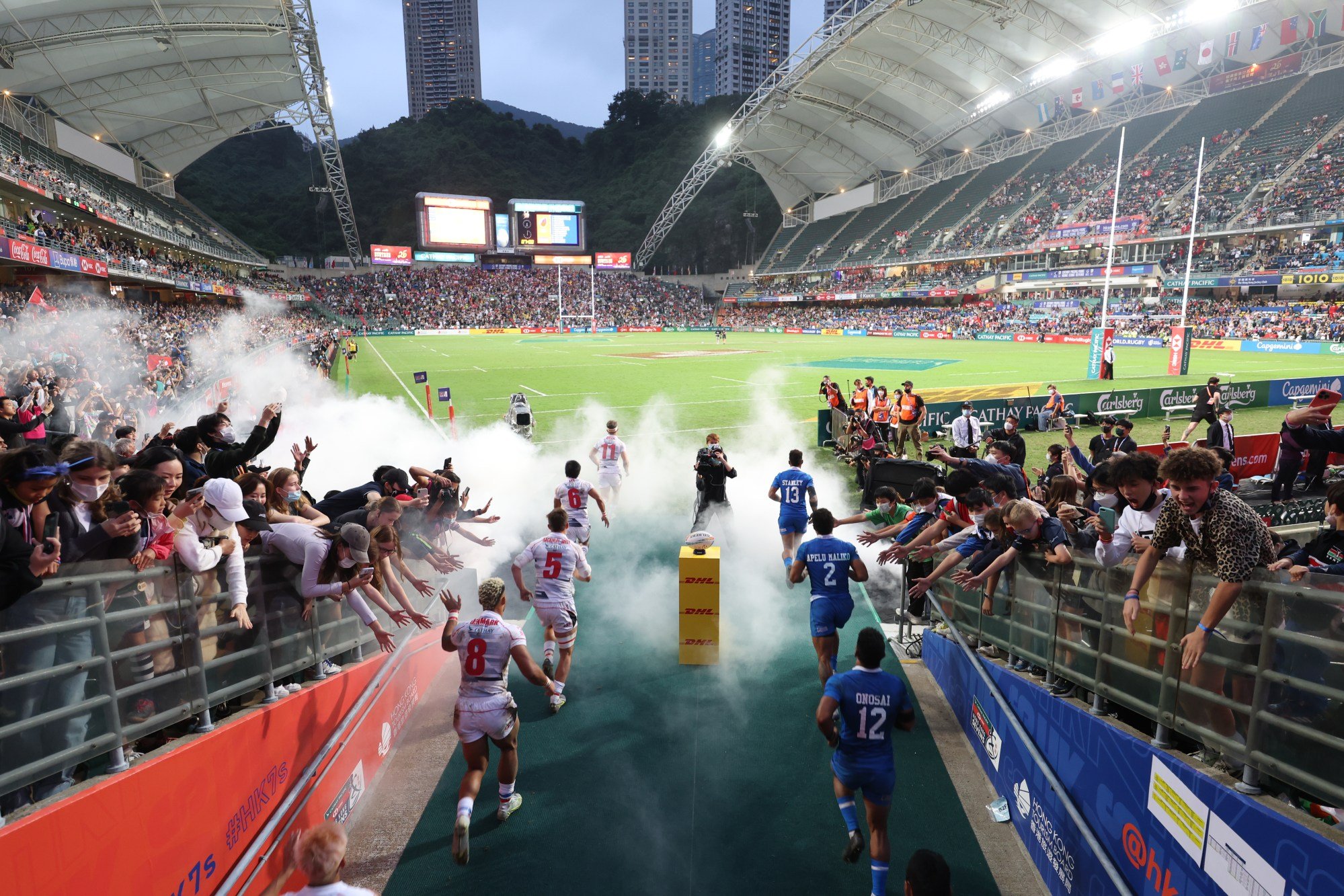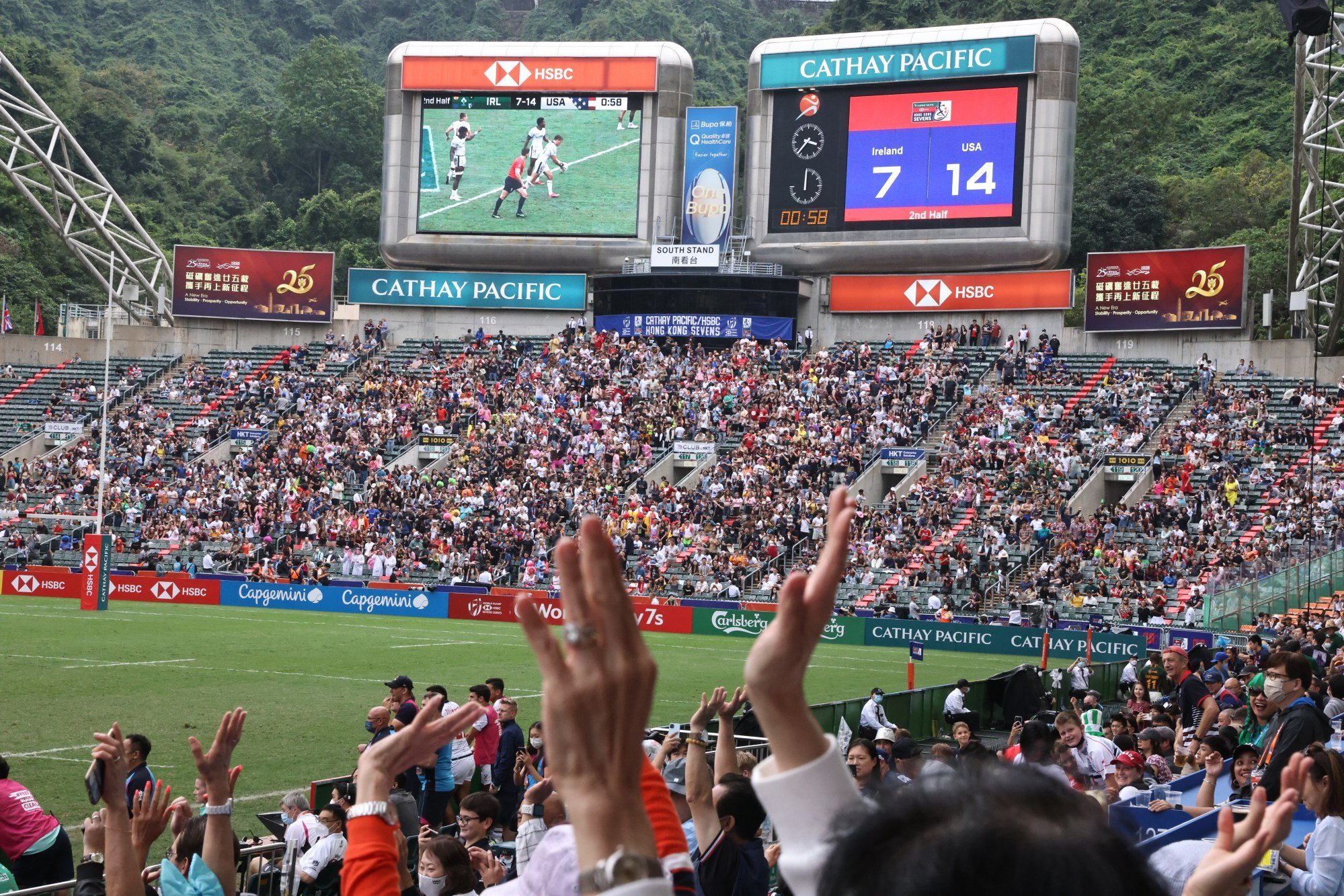
Hong Kong Sevens proved jewel in city’s sporting crown still has life – now it needs vision for the future
- The scaled-down Sevens reappeared after three years and showed it has a formula that still works, but more is needed going forward
- A few veteran Sevens watchers fear the soul of the event will be lost when it leaves its current home in the heart of Hong Kong Island
Some folks were just not buying the hastily arranged, localised and downsized version of this Hong Kong Sevens that was being held in November for the first time in forever.
What’s the point, they shrugged. It looks nothing like the event I loved in days of yore. Maybe I’ll come back next April in the regular slot. But for now, no thanks.
Frankly, you can’t blame them for that sentiment. An event like this has become so indelibly etched in the sporting consciousness, not only around here but abroad as well, that it will always compete against its past.
Hong Kong Sevens getting back in business was matter of survival, CEO says
But I didn’t have the time, or the guts, to dwell on the past this weekend and not just because the practical sensibilities in the new Hong Kong frown on it.
While the Sevens will always honour tradition, they are not enslaved by it and they really can’t afford to be either because their shiny new playpen across the harbour in the Kai Tak Sports Hub awaits.
A state-of-the-art 50,000-seat stadium with a retractable roof and flexible pitch surface, a few issues have apparently pushed the move-in date back to 2025. But more than a few veteran Sevens watchers fear the soul of the event will be lost when it leaves its current home in the heart of Hong Kong Island. However, as mentioned many times, this event has outgrown its current home.
The question going forward now becomes, how do you pump 150,000 people over a three-day period into this modern palace when barely half that showed up over the course of this entire weekend.
The answer is pretty obvious: the scope and scale of any event at the new stadium is not sustainable without the international community showing up in droves.

They were clearly missed this time around and presumably the resumption of the event next April should bring many back. At least they better be allowed to come back, because if we are still talking about the continued presence of some of the most onerous Covid protocols in the world five months from now, there will be much bigger issues in Hong Kong than the lack of foreign fans at a rugby tournament.
When the move to the new stadium is made however, regularly having a full house should be within reach, but it’s still going to take some work.
Insulting the massive throngs, who will need to come from all over the world and pay top dollar for tickets, flights and hotel rooms here, by forcing them to eat and drink the food and beer currently on offer would be disastrous.
It has been below par for years and moving into a new stadium with huge and modern F & B facilities, you simply have to be better. Significantly better.
The sound system and AV production quality are also woefully obsolete and antiquated at Hong Kong Stadium. Apparently, the new place will have the type of production facilities which should allow some of the rumoured acts at the Sevens going forward, such as Red Hot Chili Peppers and Coldplay, to play pitch perfect for the assembled throngs.
But word has it that some of the less enlightened government agencies are already looking for ways to cut corners and costs by compromising on the equipment quality, so who knows.

Actually, the government knows, and luckily for us there were no fewer than 12 top lawmakers on hand for the final day’s action. The Sevens seemed like a coming-out party for the leaders of Hong Kong, most of whom were seen in a large-scale public gathering where they couldn’t control and script the attendee’s behaviour for the first time in a couple of years.
The secretary for security was roundly booed as he waded through the South Stands. While we certainly can’t promise that those boos will turn to cheers soon, ensuring the new place tastes and sounds like the top-flight international stadium it’s supposed to be certainly won’t do any more harm to your reputation.
Despite some pockets of cynicism around here, the Hong Kong Rugby Union was undaunted and did all it could to make the event happen this year. The union has a vision for the future of this thing as well and a grandiose one at that. However, that vision is far from their own making.
They need, and we need, some officially appointed decision makers to make sensible decisions. It’s really not too much to ask and call me wildly optimistic if you will, but I am going to hold off on the booing. For now, at least.

